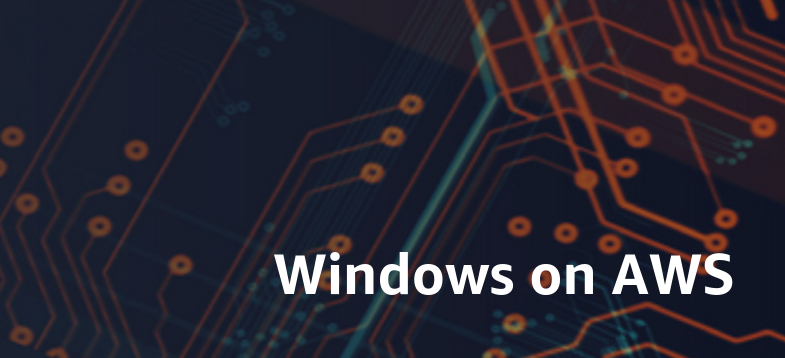The rising popularity of cloud platforms and microservices architecture is inspiring organizations to adopt container technology and leverage its advantages for their business benefits. A container is a package of software programs including all libraries, binaries, and configuration files required to execute an application in an environment. It virtualizes the operating system and can run from anywhere. The initial optimism was that containers are inherently secure because microservices are limited in functions and can be hardened. But the reality proved it wrong.
In a situation where usage of containers is skyrocketing and associated cyber security risks are increasing, organizations need to focus more on Container Security. Container Security is a process of using security tools and policies to assure that all in a container is running as expected. It protects containerized applications from all potential risks and manages all aspects of a containerized application. It safeguards infrastructure, supply chain, container runtime, and everything in between.
Importance of Container Security
- Though container offers various security benefits such as increased application isolation, it expands the threat landscape of an organization. Every organization has to perceive and plan precise security measures for containers to avoid security risks
- Increased adoption of containers in the production environment made it a more tempting target for attackers
- A vulnerable container could become a point of entry for an attacker into an organization’s broader environment
- Currently, east-west traffic among data centers and in the cloud has increased and security controls monitoring it are very few
- Conventional network security solutions don’t offer any safety against lateral attacks
Benefits of Container Security
- Container Security deals with every aspect of protecting a containerized application and its underlying infrastructure
- It acts as a stimulant and force multiplier for promoting overall IT security
- It mandates continued security monitoring of all environments such as development, test, and production. Hence improves overall security
Securing a Container
- Use container-specific host OSs: Container-specific host OSs are minimalist OSs specifically designed for containers. Apart from containers all other functionalities and services are disabled. They have read-only file systems and hardening practices enabled. With all these features they have smaller attack vectors compared to general-purpose host OSs. However, container-specific host OS vulnerabilities need to be remediated
- Gather containers with purpose, sensitivity, and threat posture: Containers can be segmented based on purpose, sensitivity, and threat posture to provide further defense in depth and will reduce blast radius in case of a security incident. It will help to confine the residue of an attack to the as narrow area as possible
- Use vulnerability management tools and processes specific to containers for images: Conventional vulnerability management tools have made certain assumptions on host durability and app update, those are essentially misaligned with a containerized model. Tools should provide more triable and dependable results by considering the characteristics of containers and images. An option to centralize reporting and monitoring compliance state of images should be provided and it must ratify and impose configuration best practices for images
Elements of Container Security
- It is essential to keep container, orchestration, and cloud platform security configurations properly set up and returned over time. e.g. access privileges, isolation, etc.
- Containerized applications and their infrastructure are highly dynamic and distributed. It makes security scanning and anomaly detection a tedious task to perform manually. When running containers at a large scale automation helps to overcome this by using container security features and tools
- Security solutions that are specifically built for containerized environments
Common Mistakes to Avoid
- Containers require a new security approach, but it doesn’t mean that security fundamentals can be ignored such as ignoring your system patches and updates
- Container and orchestration tools need to be customized for your environments instead of running with their default settings
- Production needs to be monitored and logged for identifying and minimizing vulnerabilities
- Secure all stages of CI/CD pipelines
Key Takeaways
Container Security is a continuous process and it needs to be implemented along with a continuous delivery life cycle to relieve risk and curtail vulnerabilities across a spiraling attack surface.








